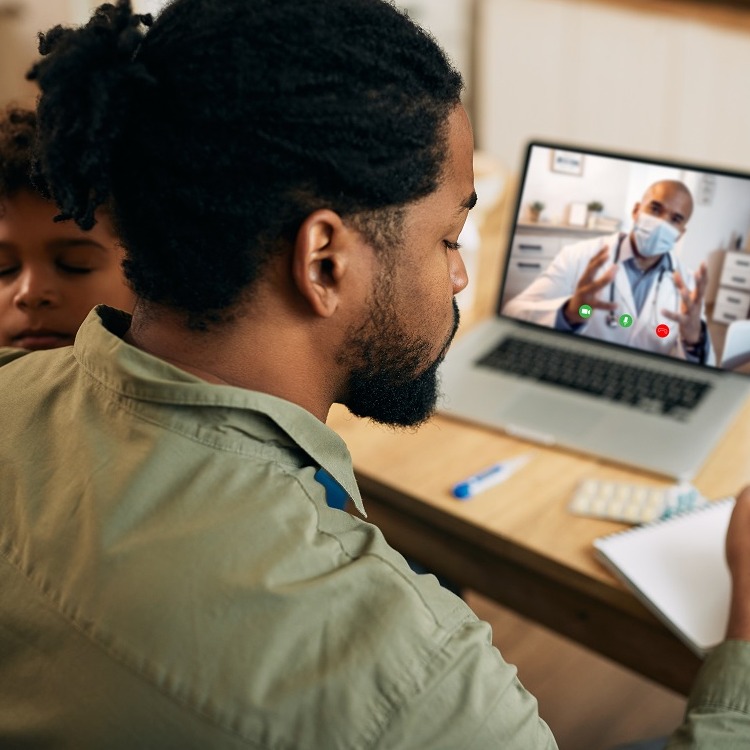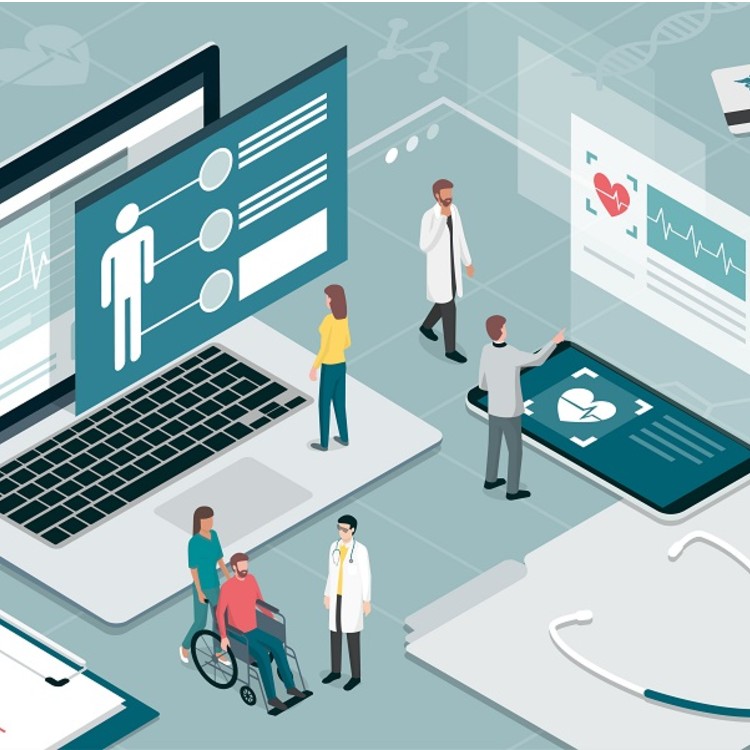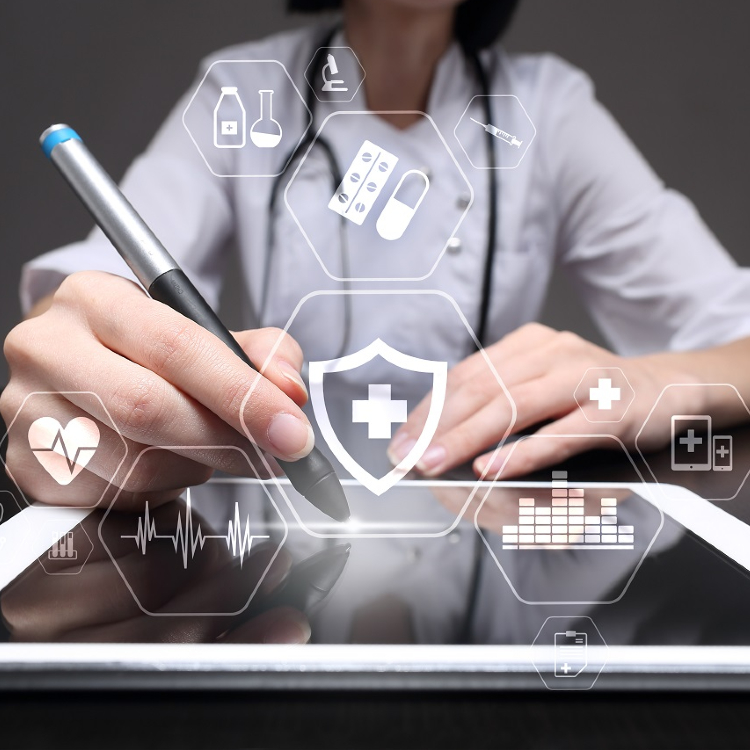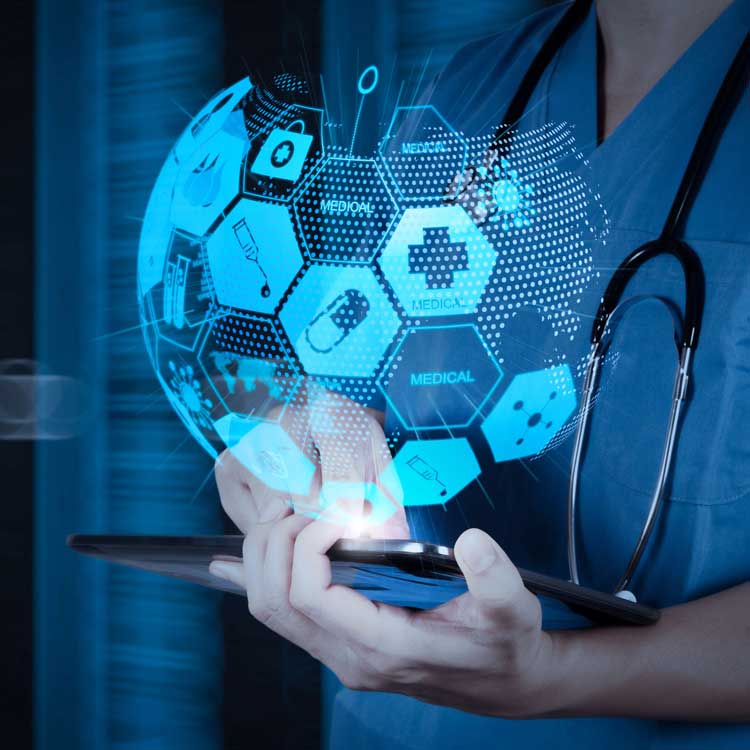Jason Lopez: Eisenkraft's company, Biobeat makes a medical-grade wearable device, which measures 12 different parameters, such as oxygen levels, heart rate, blood pressure, and cardiac index to name a few.
Dr. Arik Eisenkraft: Because now physicians started to think, "well, maybe I don't really want this patient to arrive at the hospital. Maybe he can stay at home and we can help him and provide medical care when he or she is still at home." So this is one thing. Another thing is pre-symptomatic detection of changes. So I don't want to wait until the patient will feel that something is happening. I want to be aware of that even before he feels that, and we have no more and more evidence that is possible. And we can do that.
Jason Lopez: What Eisenkraft just said is essentially the whole ball game. With enough data, it's possible to get in front of disease before it happens. So it's not just really about the wearable, but what that wearable is attached to the algorithms that enable making sense of the data.
Dr. Arik Eisenkraft: We have huge data sets of thousands of patients, and by using machine learning tools and algorithms that perform better than us and keep on analyzing the data that was collected and refining that. And with every patient that is being added, we get more insights and more information. We see how our algorithms become stronger and better with better prediction capabilities. And on the other hand, we are a cloud-based company. So basically there is no limits to how many patients can now be monitored in currently different places. And physicians now can perform their own analysis or get our help in analyzing the data.
Jason Lopez: In other verticals, such as media, transportation, hospitality, such tech innovations in cloud and AI have meant disruption, transparency, lower prices, better services, but there's been more of a challenge for these platforms to become established in healthcare.
Lisa Suennen: You're seeing, you know, newer doctors are being trained in a digital world. Some of the medical schools are better at this than others, but they're starting to work, you know, in that realm or at least they're young enough to have engaged digitally in every other facet of their life so they're accustomed to that technology engagement. And, you know, as those replace older doctors, you know, that'll help, right? I do think all of these things are converging to make things different. 10 years is perhaps the right number of years when it will be fundamentally different for this. Not one year, but we're already starting to see some of that. It's not unheard of for these things to start being used now. Especially clinical trials, that's happening a lot.
Dr. Arik Eisenkraft: I think that we're really witnessing what we probably will be defined a few years from now kind of a revolution because there are multiple novel technologies that are now being implemented more and more. And it has to do with imaging and with using artificial intelligence and robotics and merging everything together. And it's quite different from how it was, let's say a decade ago.
Jason Lopez: Dr. Eric Eisenkraft is the chief medical officer of Biobeat Technologies. Lisa Suennen is a VC at Manatt, Phelps and Phillips. You might want to check out her blog, a must read in the industry called Venture Valkyrie. It's at venturevalkyrie.com. I'm Jason Lopez. This is the tech barometer podcast produced by the forecast. Find us at theforecastbynutanix.com.








